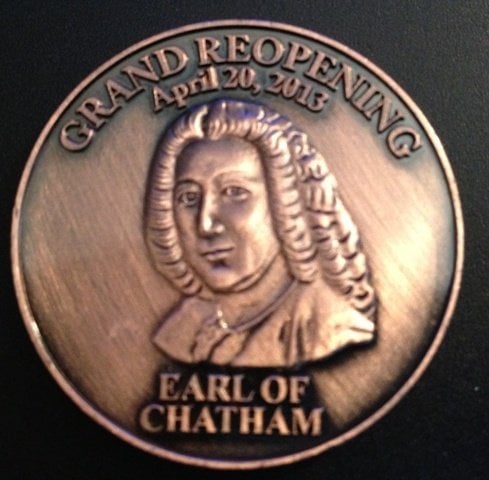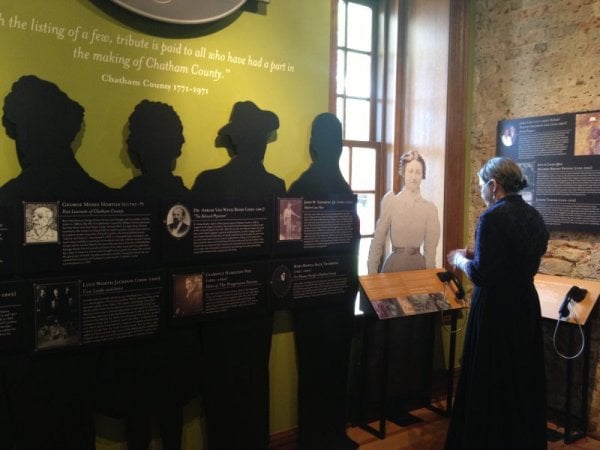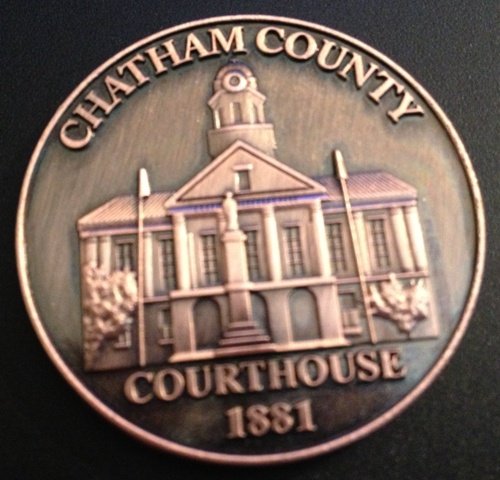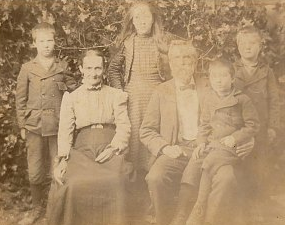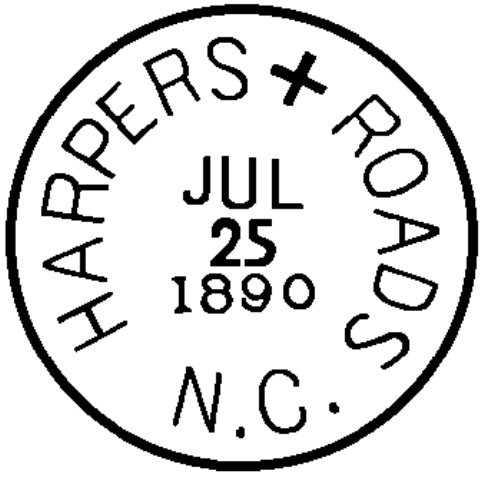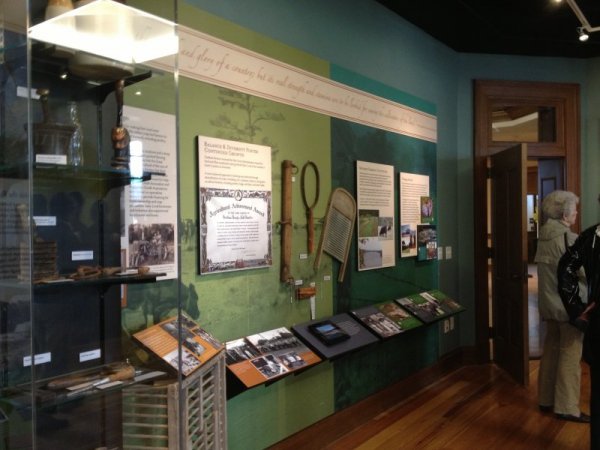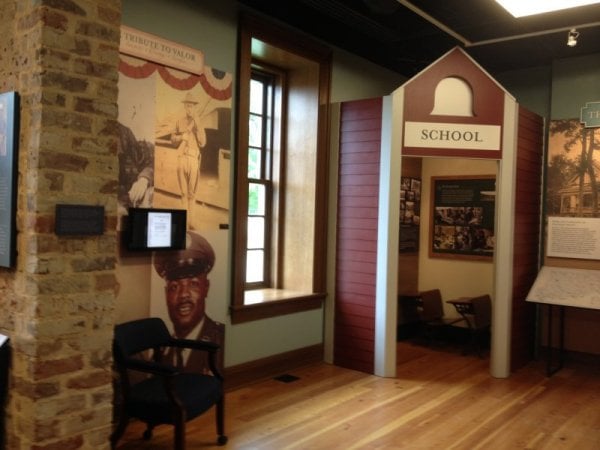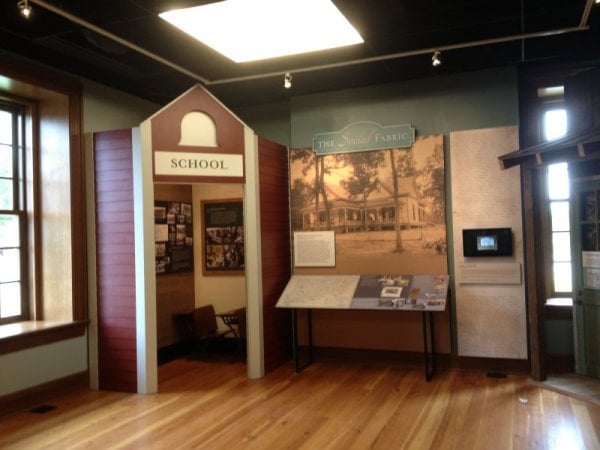Open Wed – Fri, 11am – 4pm. Additional exhibits noted on their Facebook page.
Sun, May 15, 2pm
Program on Chatham Geology
How was the land that is now Chatham County formed? Did you know that Chatham has experienced earthquakes and that there are ancient volcanic rocks in the county? Or that unique fossils have been found here? What do you know about Chatham County coal, iron, or the history of mining in the county? What common Chatham rocks can you identify and how have some of them been used over the course of Chatham’s history? What do you know about groundwater hydrogeology and water wells in Chatham County? Join us for some answers to these and other questions!
Images and artifacts from the historical association’s collections are on display. In the Chatham Historical Museum exhibit room, in the northeast corner of the first floor, each wall reflects a major theme. On the  west wall a time line starts before European settlement and leads through panels to illustrate colonial times, the early 1800s through the Civil War, recovery and industrial innovations, and modern changes.
west wall a time line starts before European settlement and leads through panels to illustrate colonial times, the early 1800s through the Civil War, recovery and industrial innovations, and modern changes.
“Voices of Chatham,” on the north wall, features the people of the county — from “just folks” to their heroes and leaders, including a special tribute to veterans. The voices of an early settler, a woman, and an African-American will speak about their roles in history.
On the east wall, the stories of Chatham schools, churches, country stores and towns–past and present–is woven into a display revealing the social fabric of the county. A schoolhouse exhibit houses a display about early academies, public schools from 1830s, consolidation beginning in the 1920s, integration in the 1960s, and recent developments. Another exhibit features homes, churches, and social activities in town and country. A country store exhibit recreates this widespread feature of the past, showing some of the items that were found there.
The variety of ways people have made a living in the county is shown on the south wall, with artifacts ranging from a chicken coop and rabbit gum to various kinds of tools. Panels illustrate changes over the years as the family farm became mechanized and adopted business methods; grist and sawmills gave way to industrial growth brought by the railroad; and crafts and services moved from the home to professionals.
